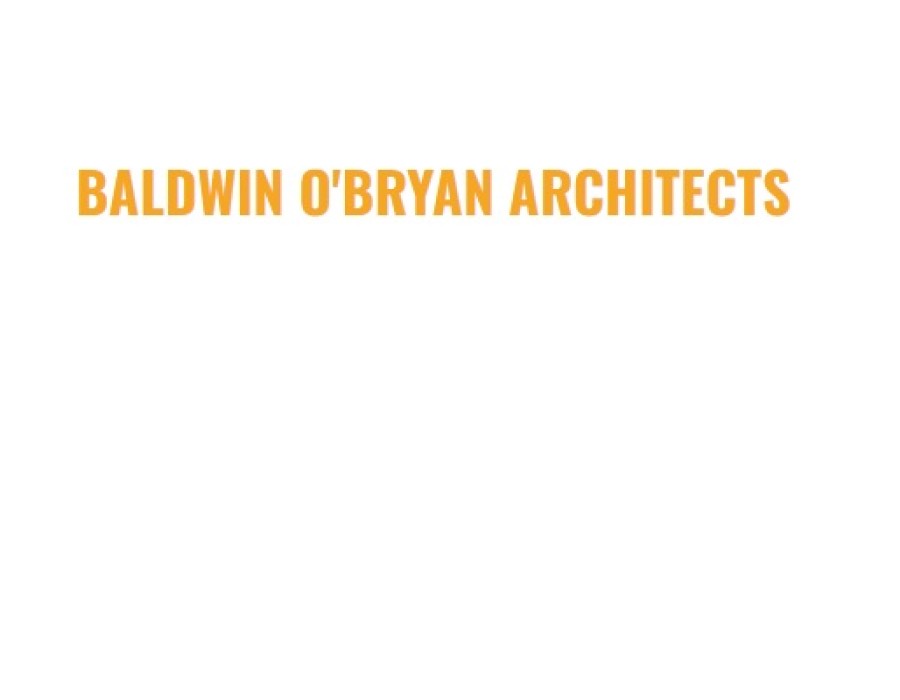In the realm of innovative architecture and sustainable living, Underground Houses emerge as a unique and compelling solution to modern housing challenges. These subterranean dwellings, often built partially or entirely below ground level, offer a host of benefits ranging from energy efficiency and environmental sustainability to protection from natural disasters and a distinctive aesthetic appeal.
The concept of underground living is not new, with historical examples dating back thousands of years across various cultures around the world. From ancient cave dwellings to troglodyte villages, humans have long recognized the advantages of harnessing the earth's natural insulation and stability for shelter. Today, modern technology and design principles have transformed underground housing from a niche curiosity into a viable alternative for contemporary living.
One of the primary advantages of Earth Sheltered houses lies in their exceptional energy efficiency. By taking advantage of the earth's natural insulation properties, underground dwellings maintain more stable temperatures year-round, reducing the need for heating and cooling compared to traditional above-ground homes. This results in significant energy savings and lower utility costs for homeowners, making underground living an attractive option for those seeking to reduce their carbon footprint and minimize their environmental impact.
In addition to energy efficiency, underground houses offer enhanced resilience against extreme weather events and natural disasters. Built below the earth's surface, these dwellings are inherently more resistant to high winds, wildfires, and temperature fluctuations, providing a safe and secure refuge for occupants during emergencies. This added level of protection can be especially valuable in regions prone to hurricanes, tornadoes, and other severe weather phenomena.
Furthermore, underground houses boast a unique aesthetic appeal that sets them apart from conventional above-ground architecture. With their earth-toned exteriors blending seamlessly into the surrounding landscape, underground dwellings harmonize with nature in a way that is both striking and serene. Inside, spacious interiors bathed in natural light from strategically placed windows and skylights create a sense of openness and connection to the outdoors, enhancing the overall living experience.
Beyond their practical advantages, Bushfire Resistant Houses also offer a sense of privacy and seclusion that appeals to many homeowners seeking refuge from the hustle and bustle of urban life. Nestled beneath the earth's surface, these dwellings provide a tranquil retreat from the noise and distractions of the outside world, allowing occupants to reconnect with nature and find peace in their surroundings.
Of course, underground living is not without its challenges and considerations. Proper site selection, soil stability, waterproofing, and ventilation are all critical factors that must be carefully addressed during the design and construction process. Additionally, regulations and building codes may vary depending on the location and jurisdiction, requiring careful planning and compliance to ensure the safety and legality of underground dwellings.
In conclusion, Sustainable house design represent a fascinating fusion of innovation, sustainability, and aesthetics in the realm of architecture and design. With their energy-efficient design, resilience against natural disasters, and unique aesthetic appeal, these subterranean dwellings offer a compelling alternative for those seeking a more sustainable and harmonious way of living. As the world continues to grapple with environmental challenges and urbanization pressures, underground housing may emerge as a viable solution for creating resilient, environmentally conscious communities of the future.





Comments